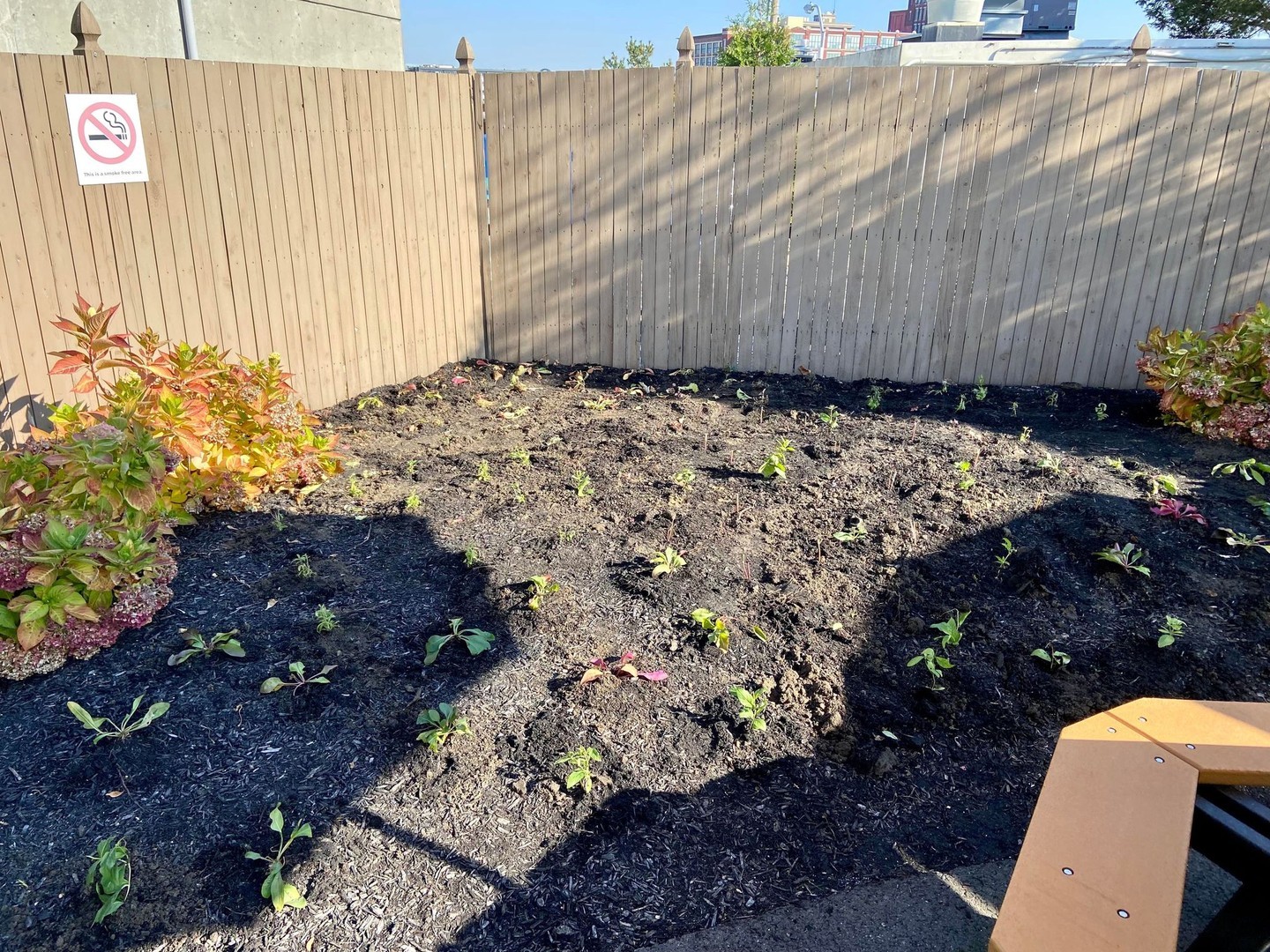Greetings, nature enthusiasts! Let’s don our proverbial sun hats and adventure into the enchanting realm of pollinator gardens. Buckle up and prepare for a whirlwind tour of these garden paradises and their essential yet underappreciated inhabitants.
To kick things off, what even is a pollinator garden? Is it a garden designed by bees? Well, not quite, but they’re undoubtedly involved. These gardens are a specially curated haven for various pollinators, and they’re often filled to the brim with native plants and vibrant flowers.
Now, who are these mysterious pollinators, you ask? Think beyond just bees. These buzzing buddies are crucial, but the garden also welcomes butterflies, hummingbirds, and even some types of bats and beetles! It’s veritable who’s who of nature’s pollination squad.
Our fluttering friends, butterflies, are famous for their beauty, but did you know they’re also garden VIPs? They’re partial to nectar-rich flowers and help cross-pollinate by inadvertently transferring pollen from bloom to bloom. Plus, let’s face it, their technicolor wings add style to any garden.
On to our nocturnal visitors, bats. Yes, bats! Not all bats live off a diet of insects or fruit. Some are pretty flower connoisseurs. These bats have a sweet tooth for nectar and act as the night shift in the garden, pollinating plants under cover of darkness.
Hummingbirds, the jewel-toned speedsters, are another crucial part of our garden community. Their long beaks and even longer tongues are perfect for reaching into tubular flowers for a nectar snack, carrying pollen along the way. It’s high-speed, high-impact pollination!
Even beetles get in on the act. While they might not be the first critter you picture in a garden, they’re old hands at this – beetles have been pollinating flowers for millions of years, long before bees even buzzed onto the scene!
Creating a pollinator garden is part art, part science. The aim is to provide a range of plants that will offer year-round food in the form of nectar, pollen, and even caterpillar munchable. This means choosing various plants that flower at different times of the year, ensuring there’s always a snack available for our pollinator pals.
But why should we care about pollinators? Aside from their crucial role in producing some of our favorite fruits and veggies, they’re also key players in a healthy ecosystem. Pollinators help plants reproduce, leading to new seedlings that provide food and habitat for other critters. In short, without our pollinators, our world would be a much less colorful and tasty place!
So next time you’re strolling through a garden bursting with life, take a moment to appreciate not just the beauty but also the intricate web of pollinators that keep the show going. After all, they’re not just visitors in the garden – they’re the life and soul of the party.
Well, wasn’t that a journey? It’s like we’ve barely scratched the surface of the vibrant world of pollinator gardens. So, keep exploring, keep learning, and remember: for every flower you see, there’s a pollinator to thank for that!

